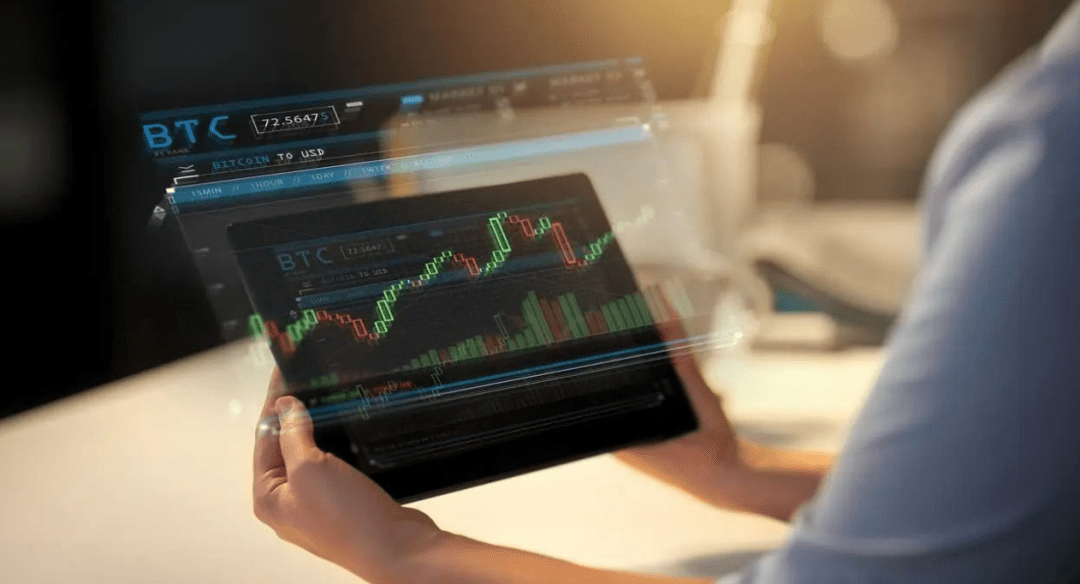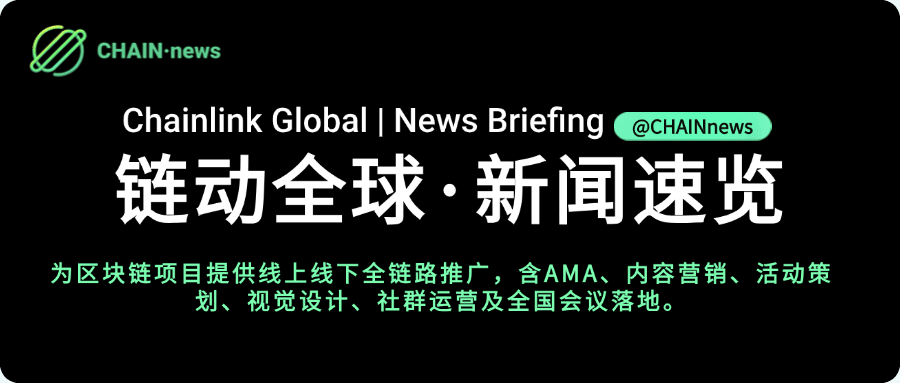As a newcomer to the crypto space, are you often confused by terms like "DEFI", "contract trading", and "cold wallet"? Don't worry! This super practical terminology manual categorizes terms by "basic concepts - trading scenarios - market status - operational skills - security core - advanced fields". It breaks down high-frequency terms in simple language to help you quickly catch up and easily navigate the crypto world.

1. Basic Concepts: Understand the essence of "blockchain" and "coins".
Blockchain: Like a "shared electronic ledger" across the internet, data is packaged and linked in "blocks", and once recorded, it cannot be changed. It doesn't rely on any central institution, ensuring maximum security.
Token: A digital asset based on blockchain, referred to as "Coin" before 2017. For example, Bitcoin (BTC) and Ethereum (ETH), most of your "crypto assets" are of this type.
ICO: The "first financing" of a token, similar to a stock IPO, where the project party raises funds by issuing new tokens (note: many ICOs are high-risk and should be approached with caution).
Mainstream coins: The "hard currency" in the crypto space, with high market value and wide recognition, such as Bitcoin (BTC) and Ethereum (ETH), which are relatively stable.
Altcoin: Other tokens besides mainstream coins, usually with low market value and little recognition, may hype up on trends with much higher risks than mainstream coins.
Stablecoin: The "risk-hedging tool" in the crypto space, price pegged to fiat currency (like the US dollar) or assets (like US Treasury bonds), without large fluctuations. Common ones include USDT and USDC, often used as "intermediate currency" for holding or trading.
Platform token: The "exclusive tokens" issued by exchanges, such as Binance's BNB and OKX's OKB, holding them may provide benefits like trading fee discounts and platform dividends.
Meme coins: The "internet celebrity coins" in the crypto space, which become popular due to community "memes", such as Dogecoin, Shiba Inu coin, and Pepe the Frog. They generally have no practical applications or profit logic, relying entirely on speculation, with extremely high risks!
2. Trading Related: Where to buy and how to buy? Clarifying the trading scenario.
Exchange: An "online market" for buying and selling coins, similar to stock brokerage apps, such as Binance or Coinbase. Choosing a compliant platform is very important.
Fiat currency trading: Buying coins directly with "real money" (like CNY or USD), suitable for beginners, such as buying BTC with USD or USDT with CNY.
Coin-to-coin trading: Exchanging one coin for another, such as trading BTC for ETH or USDT for SOL, a common trading method for advanced players.
Leverage trading: The crypto version of "borrowing money to trade stocks", borrowing money from the platform to increase the trading scale. You earn more when profits arise, but you also lose faster when losses occur, so beginners should be cautious!
Spot: The "real coins you hold", such as BTC or ETH in your wallet, which are different from derivatives like leverage or contracts that "bet on future prices", with relatively controllable risks.
Contract trading: A game of guessing "future coin prices", such as predicting whether BTC will rise or fall in a week, with profits and losses calculated at expiration, considered a high-risk derivative requiring strong judgment skills.
3. Market Status: How to view bull and bear markets? Understanding market signals.
Bull Market: The "celebration period" in the crypto space, where overall prices rise, and everyone believes "they can make money", with overflowing optimism, such as the market where Bitcoin rose to $60,000 in 2021.
Bear Market: The "winter period" in the crypto space, where overall prices keep falling, and everyone fears "losing more", with pessimism dominating, leading many to choose to "lie flat" or exit the market.
Volatility: Coin prices experiencing a "rollercoaster effect", rising significantly in a short time (like a 50% increase in a day) or dropping significantly (like a 30% drop in a day), common in the crypto market. You need to have a strong heart.
Sideways: Coin prices "treading water", fluctuating within a range without a clear upward or downward trend, such as BTC oscillating between $30,000 and $32,000 for half a month, suitable for observation.

4. Operational Terminology: Understand all practical steps from buying to selling cryptocurrency.
Mining: "Working to earn money" for blockchain, using a computer to solve complex mathematical problems. After verifying transactions, you can receive newly issued coins (like Bitcoin mining). Most require specialized equipment now, making it difficult for ordinary players to participate.
Wallet: The "digital safe" for storing cryptocurrency, divided into hardware wallets (like Ledger, which is like a USB drive and safer as it doesn't connect to the internet) and software wallets (like MetaMask, which is convenient on mobile/computer apps).
Transfer: Moving coins from one "safe" to another, such as transferring from your wallet to a friend's wallet. You need to enter the other person's wallet address, and if you enter it wrong, you won't be able to recover it!
Withdrawal/Deposit: "Taking cryptocurrency home from the exchange" is called withdrawal (transferring from the exchange to a personal wallet), while "bringing cryptocurrency to the exchange for sale" is called deposit (transferring from a personal wallet to the exchange). Withdrawals incur fees, and be careful not to fill the address incorrectly!
Position: The coins you hold, such as "I hold 1 BTC", meaning you currently have 1 Bitcoin.
Closing position: Selling the coins you hold, ending the trade, such as if you previously bought ETH and now sell it, this is called "closing ETH".
Bottom fishing: Thinking the coin price has dropped to the "floor price", quickly buying to wait for it to rise. For example, if BTC drops from $50,000 to $30,000 and you think it's "low enough", buying in is called bottom fishing (but be careful not to buy at "halfway up the mountain").
Cutting losses: When the coin price drops, fearing further losses, you sell at a loss. For example, if you bought ETH for $10,000 and it drops to $8,000, selling quickly is called "cutting losses".
5. Wallets and Keys: The "lifeline" of asset security, must be remembered.
Hot wallet: A "connected wallet", like MetaMask on a mobile device, which is convenient and allows fast transfers, but carries the risk of being hacked online. Suitable for holding a small amount of cryptocurrency for daily use.
Cold wallet: A "disconnected wallet", such as hardware wallets like Ledger or offline wallets written on paper, which do not touch the internet, making it impossible for hackers to steal. Suitable for long-term storage of large amounts of cryptocurrency.
Public key (wallet address): Your "crypto bank account number", which you can freely give to others. They can use this address to send you coins, just like others need your bank account number to send you money.
Private key: Your "crypto asset password", a combination of letters and numbers. Having the private key means you have access to all the coins in your wallet! If lost or leaked, the coins will be gone. You must never tell anyone, nor store it on connected devices.
Mnemonic phrase: A "simplified version of the private key", a group of 12/24 words (like "apple table moon...") used to back up the wallet. If you lose the wallet or change devices, you can recover assets using the mnemonic phrase, which is as important as the private key. Write it down and keep it safe; do not take photos or save it on your phone!

6. Advanced Fields: Besides trading coins, there are other ways to play in the crypto space.
DEFI (Decentralized Finance): Conducting financial business directly on the blockchain without banks or brokerages, such as borrowing coins to earn interest or depositing coins for returns, like an "encrypted version of Alipay", but with higher risks than traditional finance.
NFT: "The unique asset of the digital world", for example, digital artworks or in-game items. Each NFT is unique and cannot be divided. If you buy an NFT of a digital painting, it becomes your exclusive property, and others cannot replicate it as "exactly the same".
White paper: The "manual" from the project party, which details the project's technical principles, what problems it aims to solve, how it makes money, and the token's use case. If you want to understand whether a project is reliable, start by reading the white paper.
DAPP (Decentralized Application): An "APP" based on blockchain, not relying on any company's servers, such as DEFI financial apps or NFT trading platforms. When using, you need to connect your wallet; data exists on the blockchain, making it more transparent but also potentially vulnerable.

Disclaimer: The content of this article is for reference only and does not constitute any investment advice. Investors should consider their own risk tolerance and investment objectives, rationally view cryptocurrency investments, and avoid blindly following trends.



